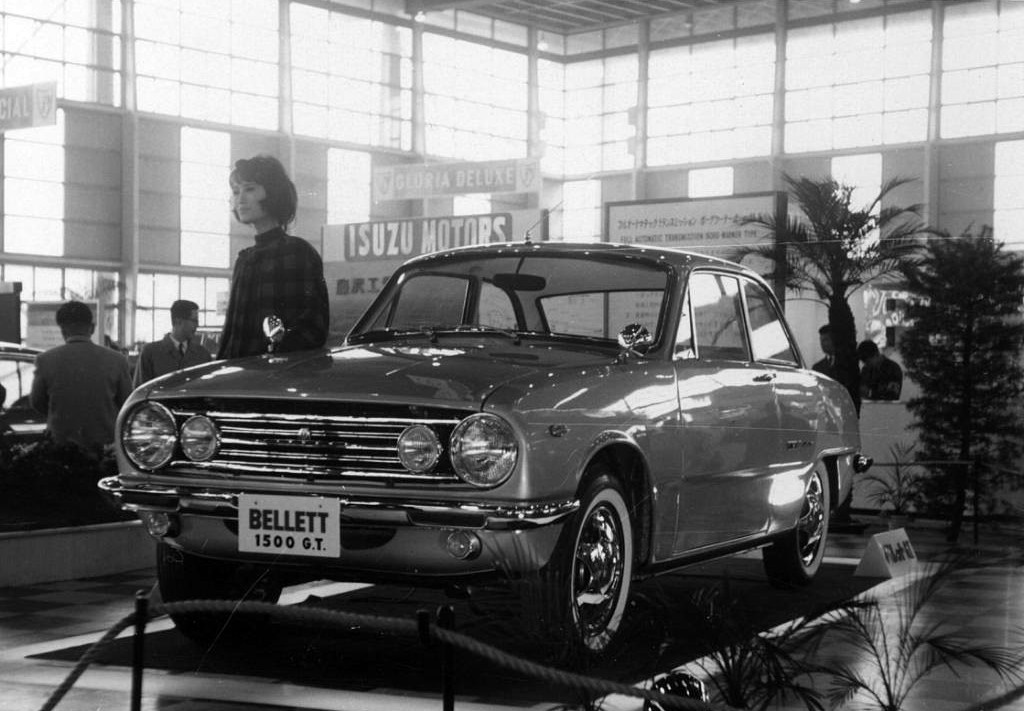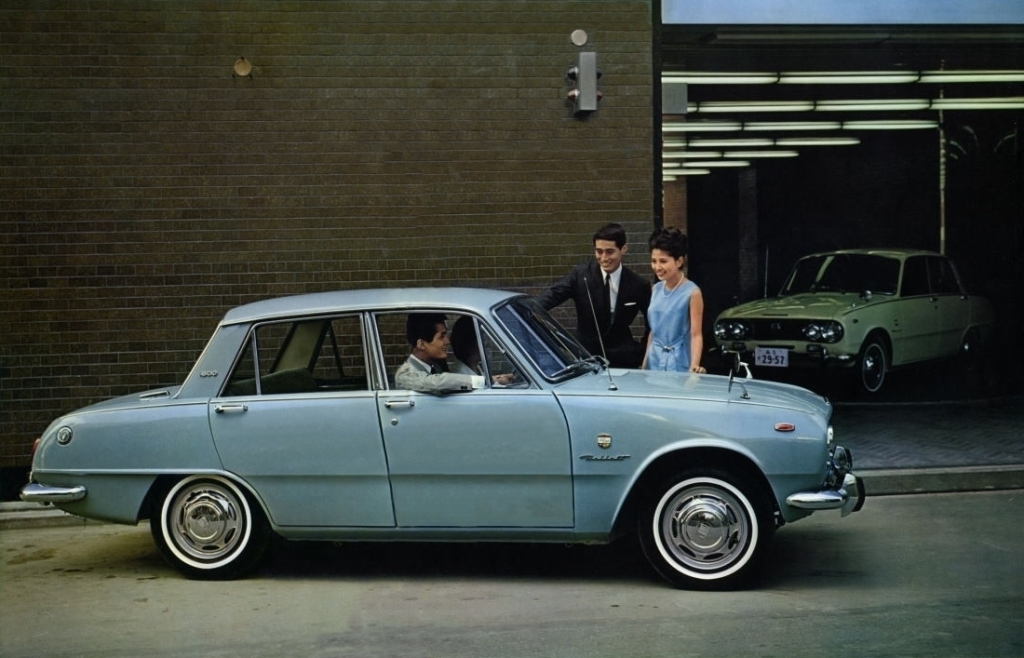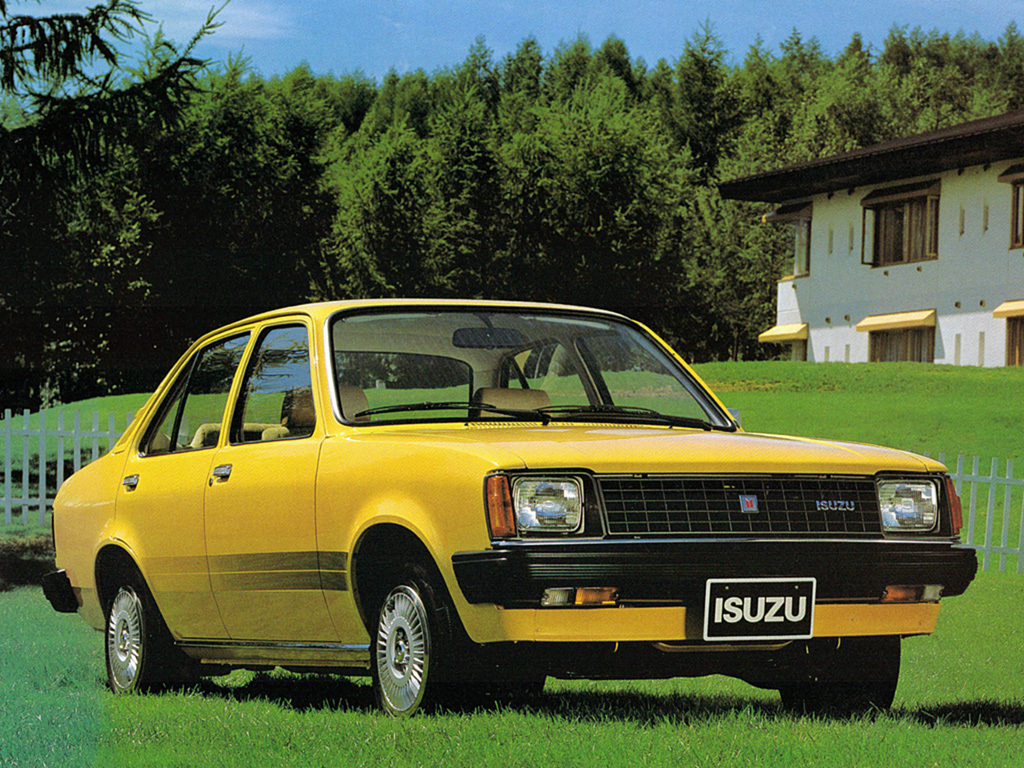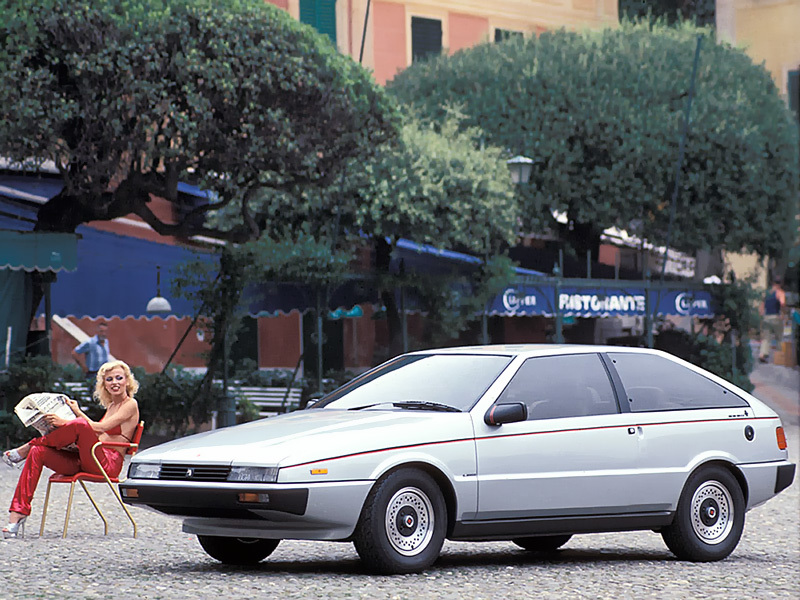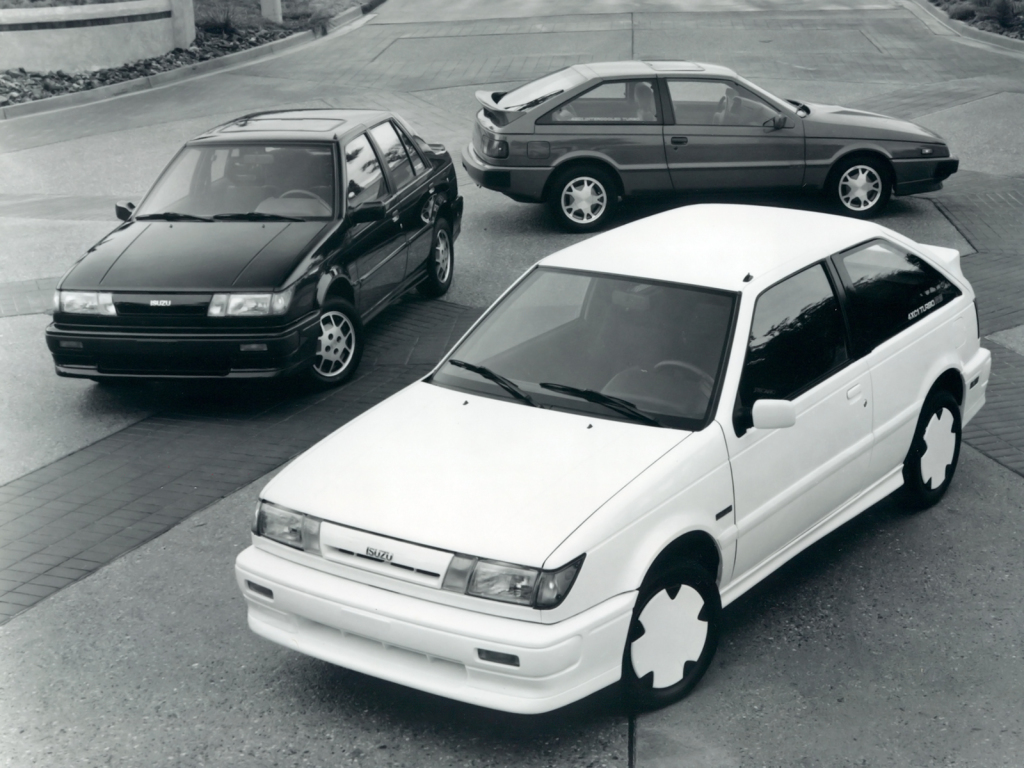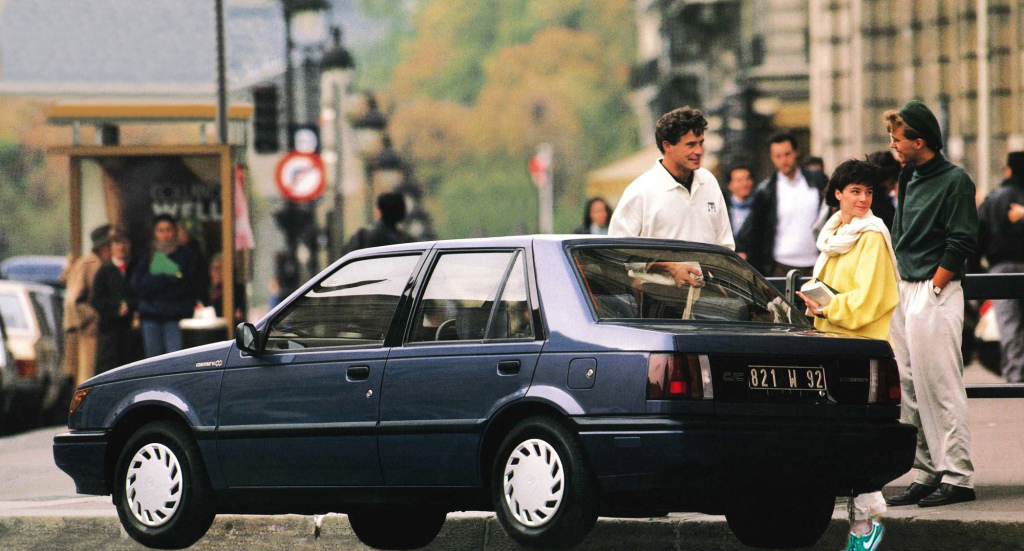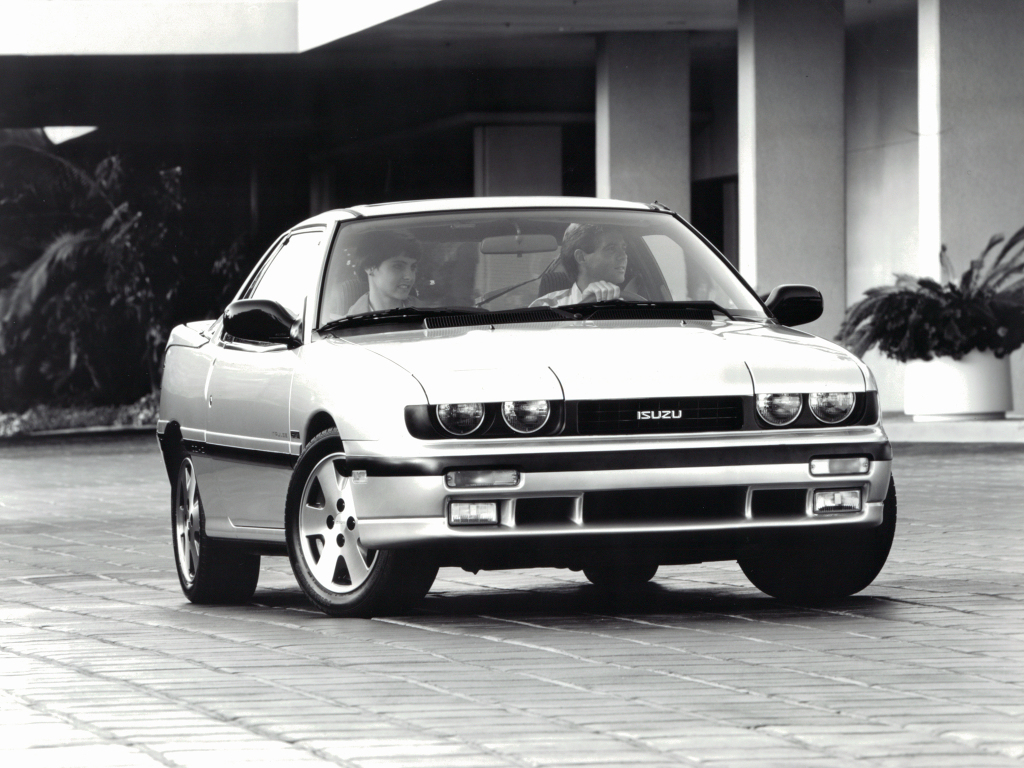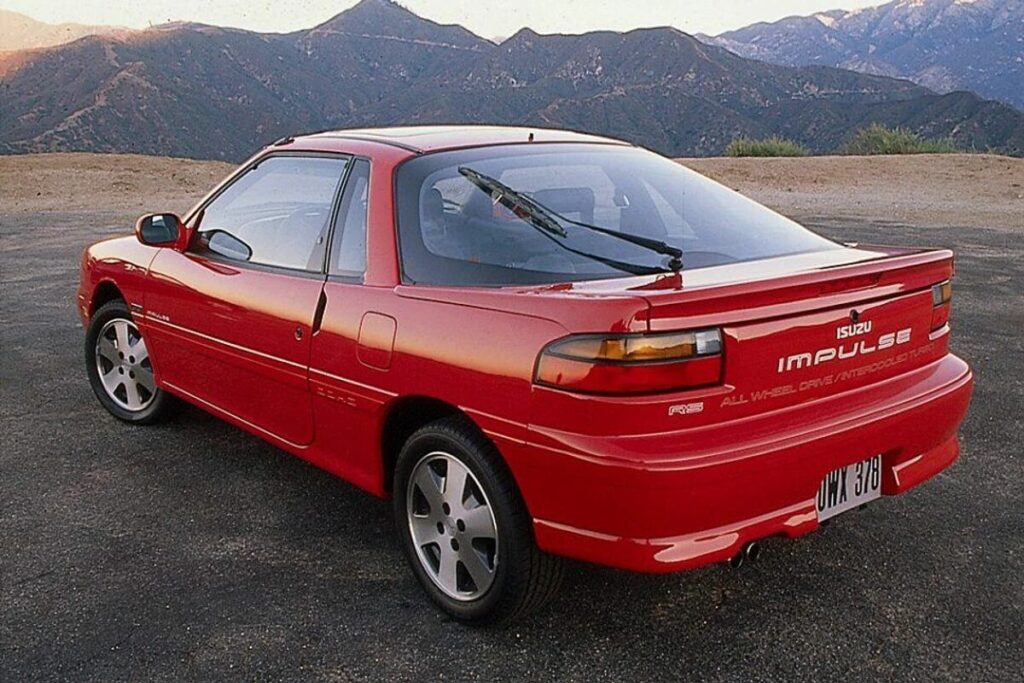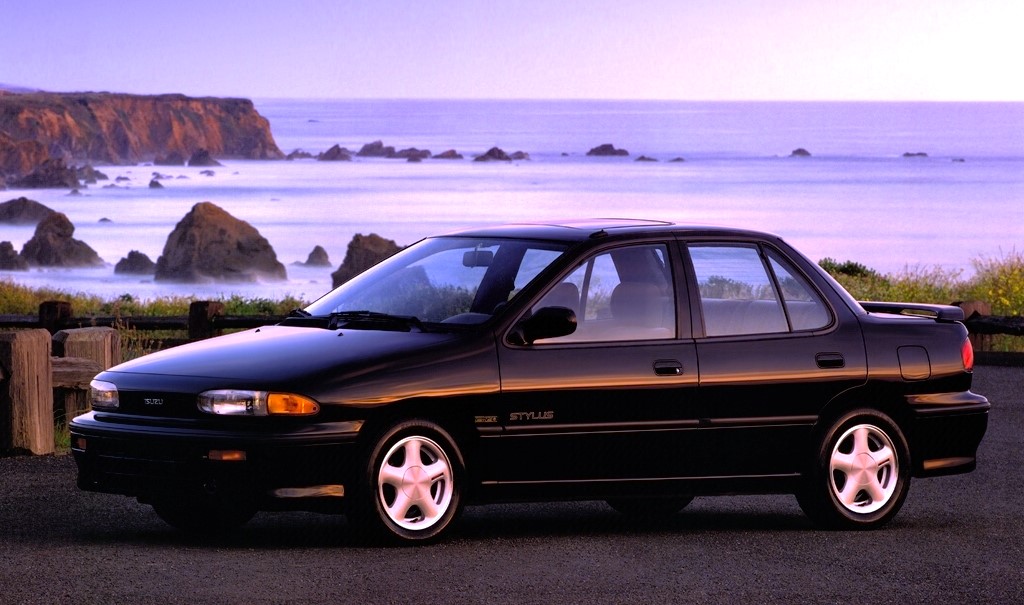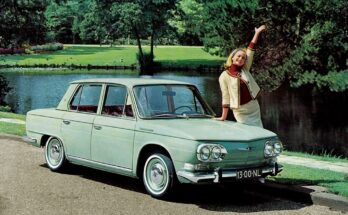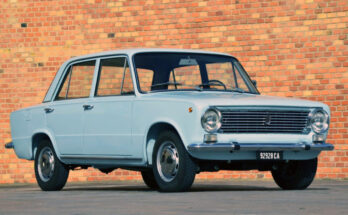Japanese automaker Isuzu, renowned for its robust trucks and reliable utility vehicles, has an illustrious history in the automotive industry. Yet, the same cannot be said for its ventures into the passenger car segment.
Despite producing successful models in the past, Isuzu’s presence in this realm remains obscure, with its current focus primarily on manufacturing a couple of utility vehicles. Let us delve into the reasons behind Isuzu’s struggles in the passenger car market and its subsequent retreat to a niche segment.
Isuzu’s Historical Success vs Present Predicament:
Isuzu boasts a legacy of iconic passenger cars, such as the Bellet, Gemini, Stylus, and Piazza, which garnered praise for their performance and innovation. These vehicles enjoyed moderate success in various markets, particularly in Japan and some parts of Asia, including Pakistan where the Bellet sedan was sold in the 1960s.
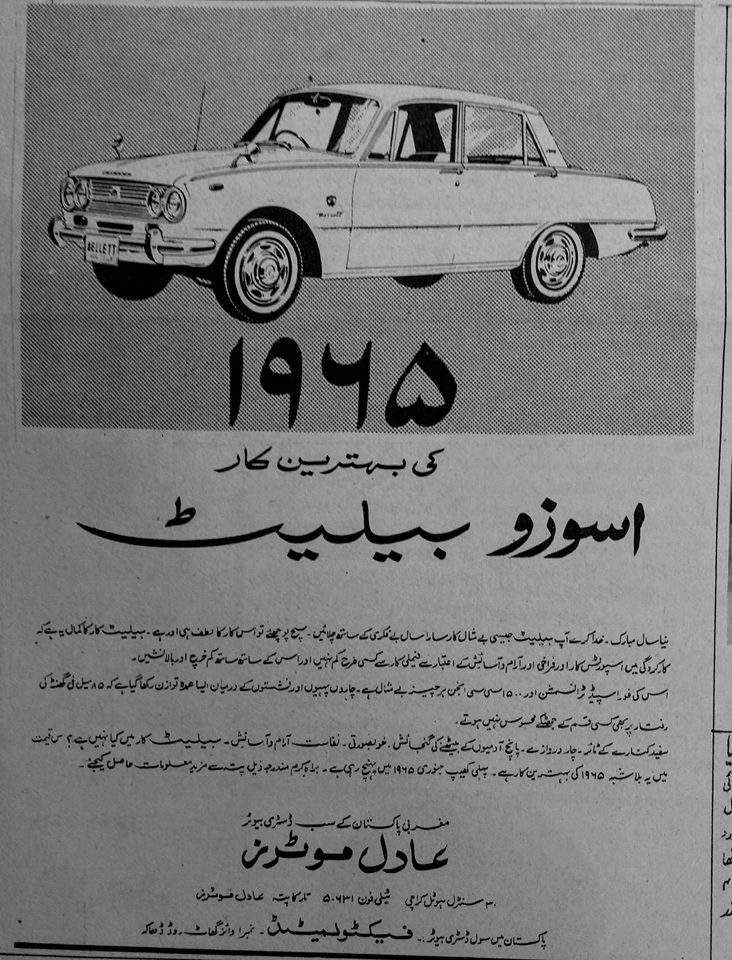
However, the landscape has evolved significantly since then, with intensified competition and shifting consumer preferences challenging Isuzu’s relevance in the passenger car domain. During the 1980s and 1990s, Isuzu faced increasing competition from other Japanese automakers like Toyota, Honda, and Nissan, who were investing heavily in research and development to enhance their passenger car offerings.
Product Portfolio Mismatch:
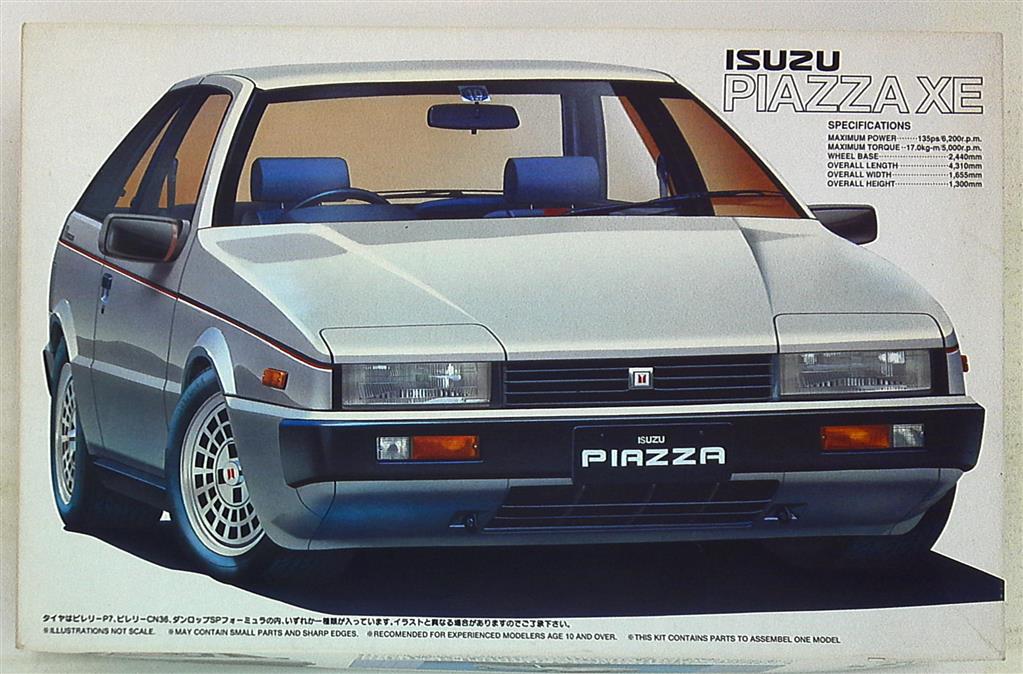
One of the primary reasons behind Isuzu’s limited success in passenger cars is its failure to align its product offerings with contemporary market demands. The company’s reluctance to invest in research and development for passenger car models tailored to evolving consumer tastes has left it trailing behind competitors who prioritize innovation and adaptability.
Market Dynamics and Global Expansion:
Isuzu’s decision to focus on the D-Max and MU-X reflects a strategic pivot towards markets where demand for rugged utility vehicles remains robust. Isuzu’s core strengths lie in engineering and manufacturing durable, reliable vehicles. The brand’s reputation for building tough trucks and SUVs made it a natural fit for the utility vehicle segment.
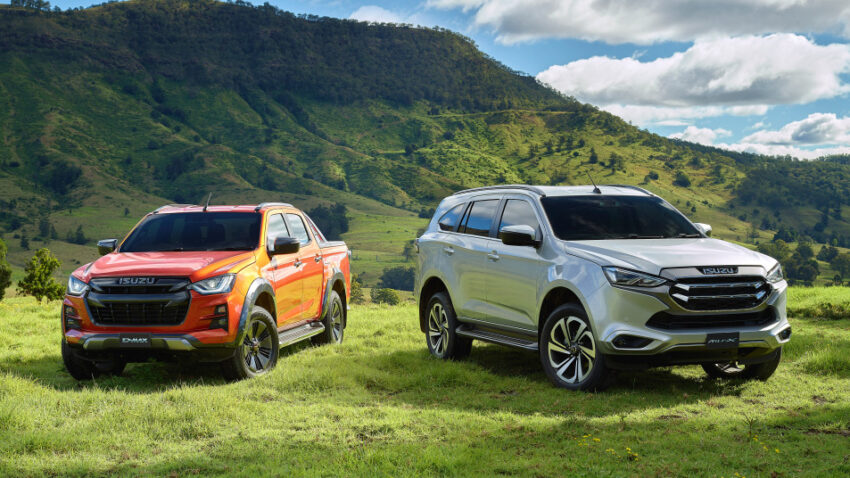
While this approach has enabled Isuzu to maintain relevance in select markets, it has also led to missed opportunities for expansion into regions where passenger cars dominate sales charts. Limited distribution networks and marketing efforts further exacerbate Isuzu’s struggles to penetrate new markets effectively.
Brand Perception and Identity Crisis:
Isuzu’s brand image, deeply rooted in utility and reliability, presents a double-edged sword in the passenger car segment. While these attributes resonate with commercial vehicle buyers, they may not evoke the same allure among passenger car consumers seeking style, sophistication, and cutting-edge technology.
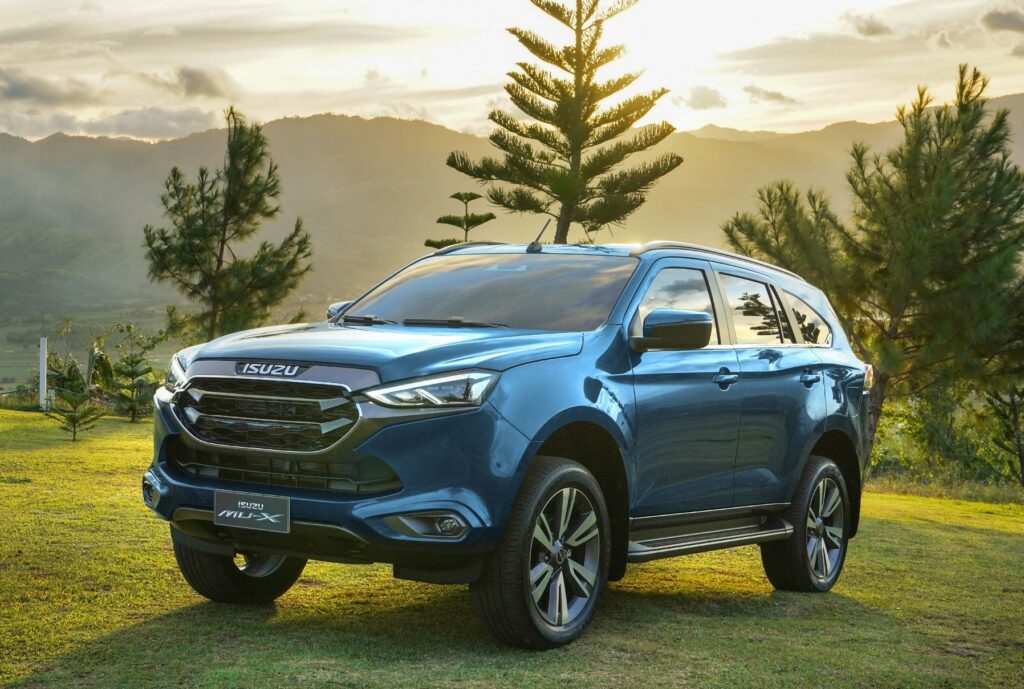
While Isuzu excelled in producing durable trucks and commercial vehicles, its image as a passenger car manufacturer remained relatively subdued compared to rivals like Toyota or Honda. This identity crisis made it difficult for Isuzu to resonate with consumers seeking passenger cars, resulting in limited market penetration. According to analysts, this identity crisis has hindered Isuzu’s ability to establish a compelling narrative for its passenger car offerings.
Regulatory Challenges and Technological Lag:
Stringent safety & emissions regulations and advancements in vehicle electrification pose formidable challenges for automakers, particularly those with limited resources for research and development. Isuzu’s relatively conservative approach to adopting eco-friendly technologies and its reliance on traditional internal combustion engines further dampen its competitiveness in the passenger car segment, where sustainability and efficiency are increasingly prioritized.
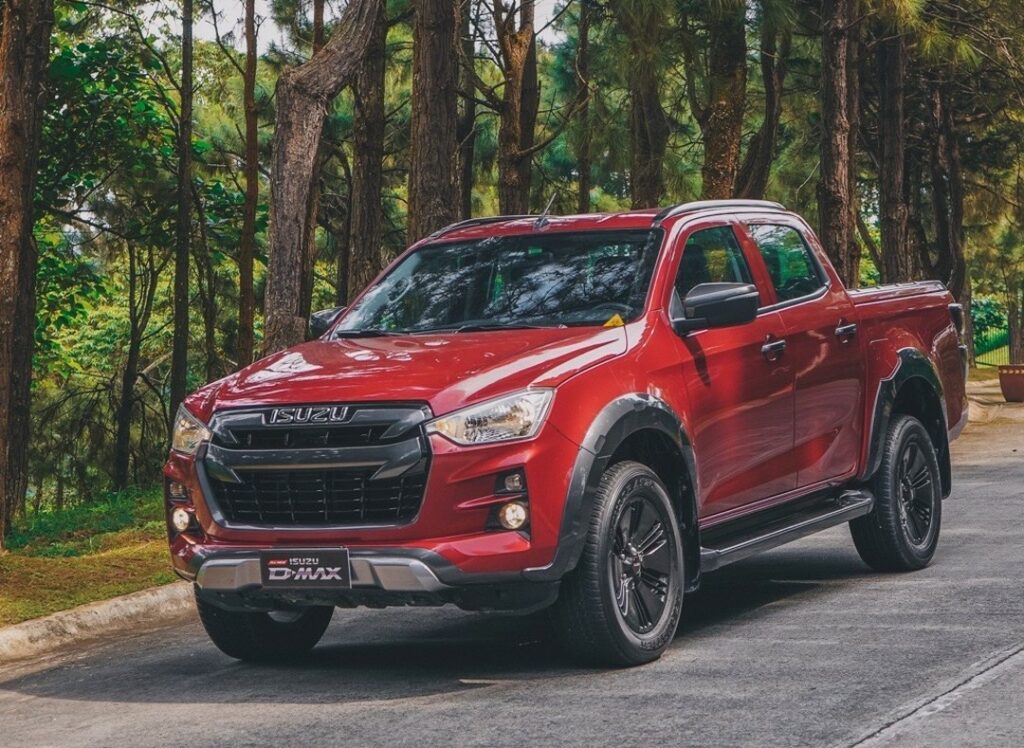
While Isuzu’s history in the automotive industry is marked by both successes and challenges, its decision to pivot towards utility vehicles reflects a pragmatic response to evolving market dynamics and internal capabilities. By prioritizing pickup trucks and SUVs like the D-Max and MU-X, Isuzu aims to capitalize on its strengths, meet consumer demand, and secure its position in selected markets where these vehicles hold significant appeal.
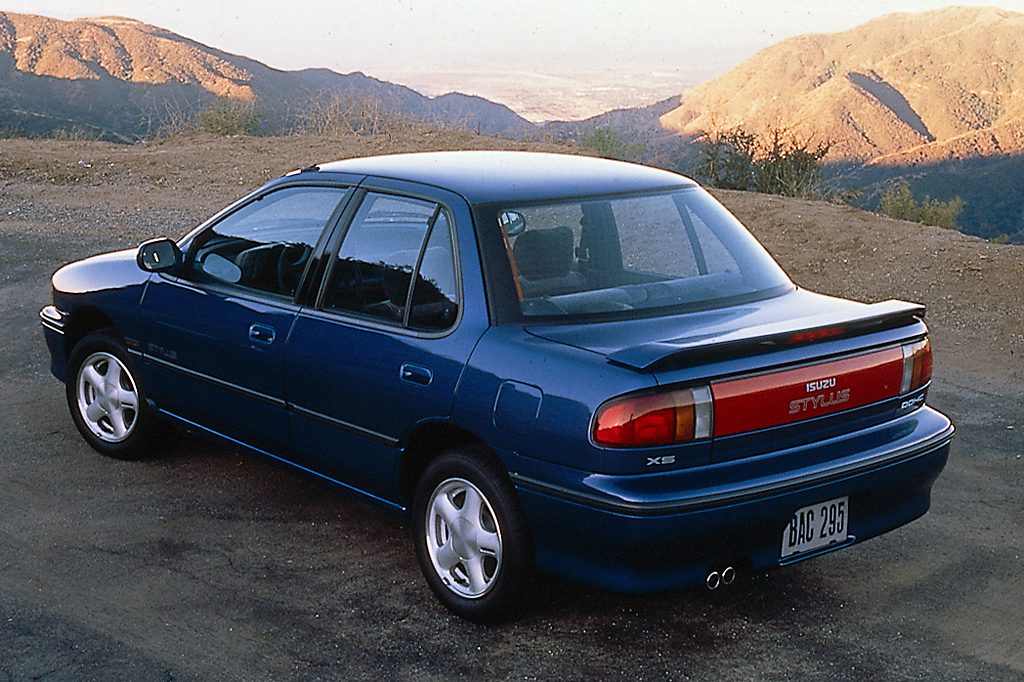
However, the brand’s limited success in the passenger car segment underscores the complexities and competitive pressures inherent in the automotive industry, highlighting the importance of strategic adaptability and innovation for long-term viability.
Some Forgotten Isuzu Passenger Cars

A computer animation professional with over 23 years of industry experience having served in leading organizations, TV channels & production facilities in Pakistan. An avid car enthusiast and petrolhead with an affection to deliver quality content to help shape opinions. Formerly written for PakWheels as well as major publications including Dawn. Founder of CarSpiritPK.com

